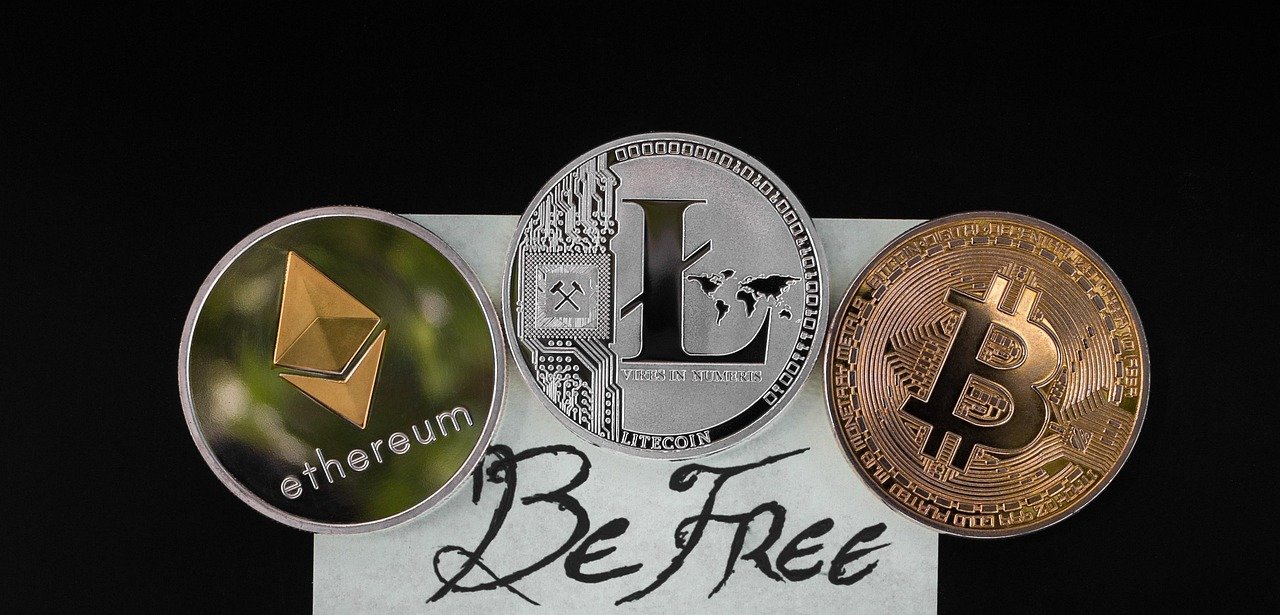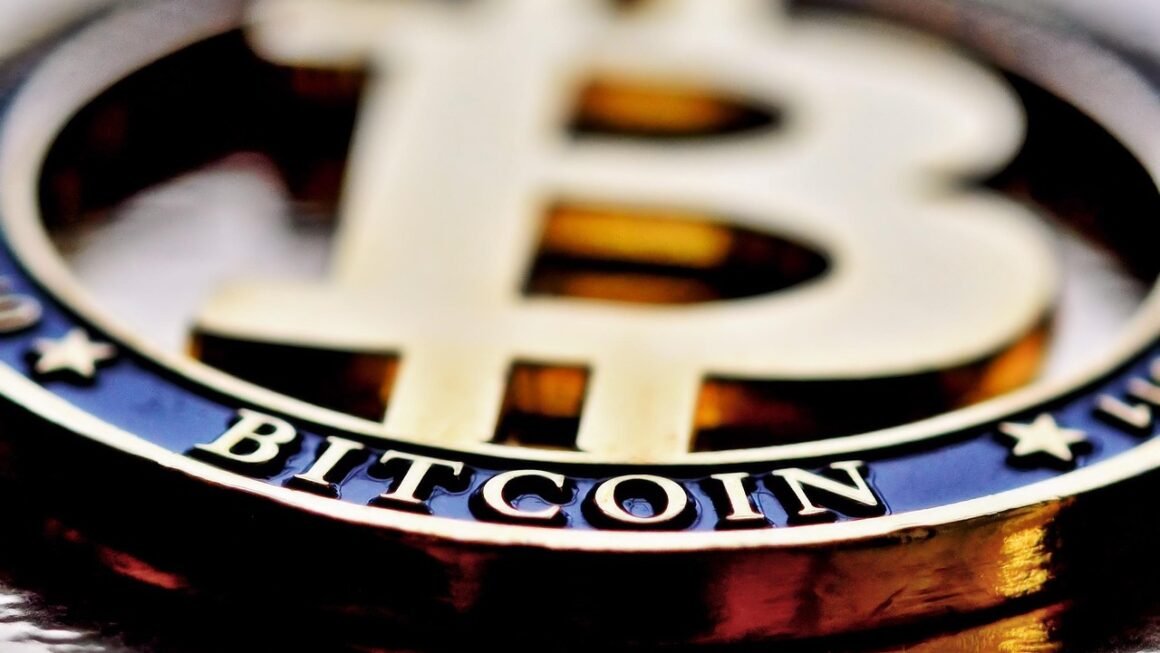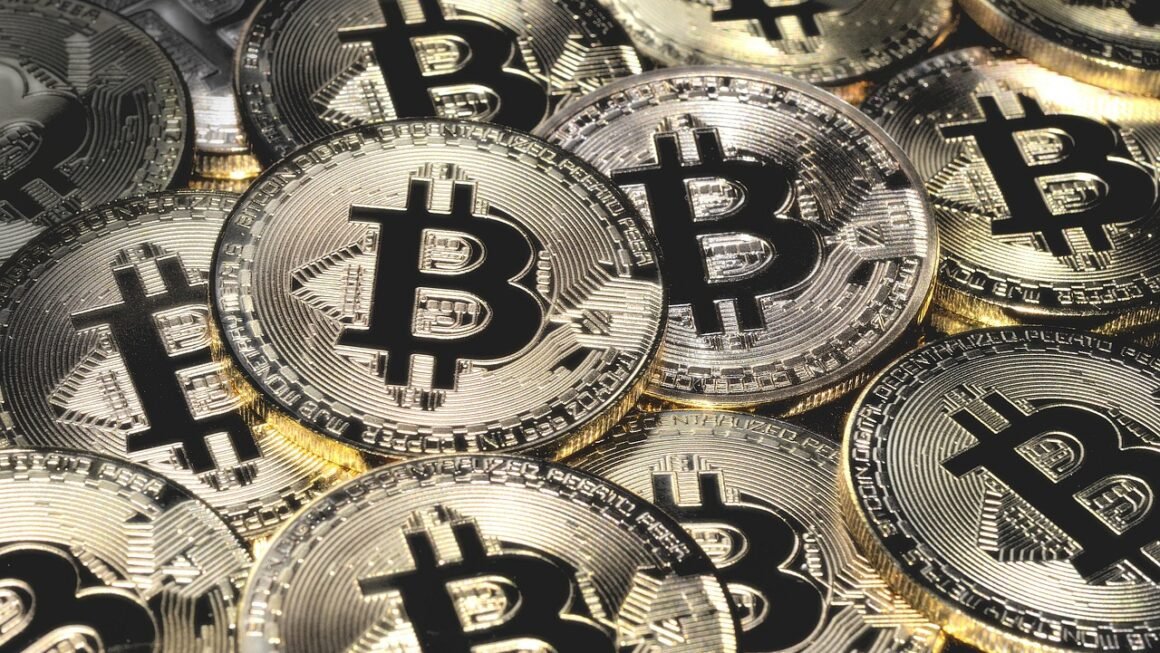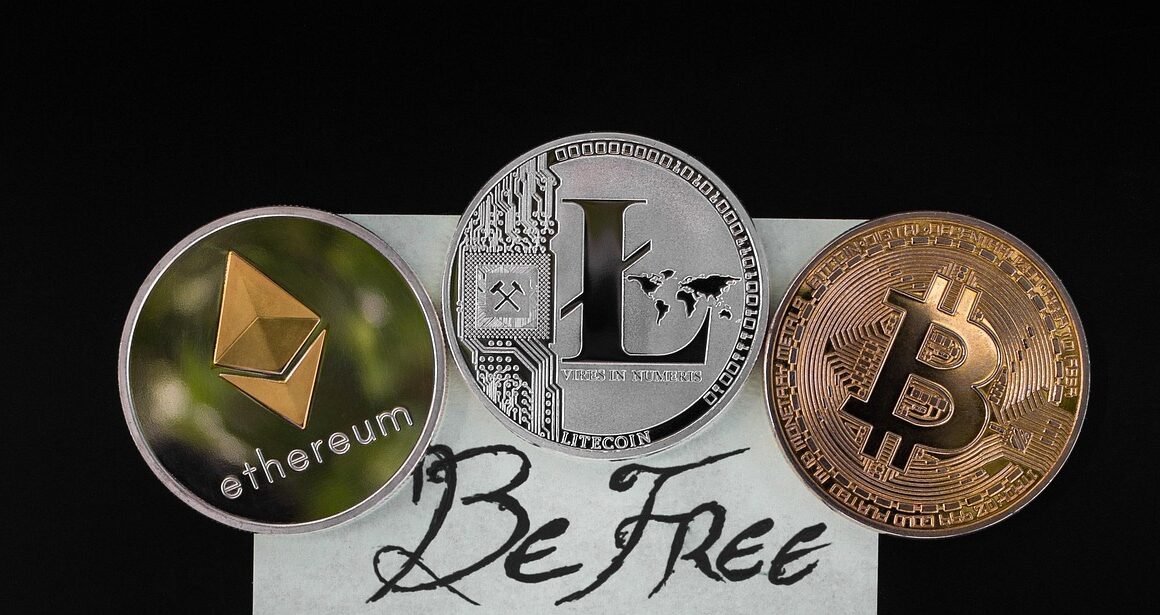Decentralized Finance (DeFi) is revolutionizing the world of finance, promising a more open, transparent, and accessible system for everyone. By leveraging blockchain technology, DeFi aims to disrupt traditional financial intermediaries like banks and brokerages, offering users greater control over their assets and financial activities. This blog post will delve into the core concepts of DeFi, explore its various applications, and discuss its potential impact on the future of finance.
What is Decentralized Finance (DeFi)?
Understanding the Core Principles
DeFi, short for Decentralized Finance, refers to financial applications built on blockchain technology, most commonly Ethereum. The key characteristic of DeFi is its decentralized nature, meaning that no single entity controls the system. Instead, it relies on smart contracts – self-executing agreements written in code – to automate financial processes.
- Decentralization: No central authority controls the system.
- Transparency: Transactions are recorded on a public blockchain, making them auditable.
- Accessibility: DeFi aims to provide financial services to anyone with an internet connection.
- Composability: DeFi protocols can be easily integrated with each other, creating new and innovative financial products.
- Permissionless: Anyone can participate in DeFi without needing permission from a central authority.
How DeFi Differs from Traditional Finance (TradFi)
Traditional finance operates through centralized institutions such as banks, brokerages, and payment processors. These intermediaries control access to financial services and charge fees for their services. DeFi, on the other hand, seeks to eliminate these intermediaries, allowing users to interact directly with each other through smart contracts.
| Feature | Traditional Finance (TradFi) | Decentralized Finance (DeFi) |
|——————-|——————————–|——————————–|
| Control | Centralized | Decentralized |
| Transparency | Limited | High |
| Accessibility | Restricted | Open to all |
| Intermediaries | Multiple | Few or none |
| Efficiency | Lower | Higher |
Key Applications of DeFi
Decentralized Exchanges (DEXs)
DEXs are platforms that allow users to trade cryptocurrencies directly with each other without the need for a central intermediary like Coinbase or Binance. They operate using automated market makers (AMMs) or order books.
- Automated Market Makers (AMMs): Use liquidity pools to determine the price of assets, allowing users to swap tokens instantly. Examples include Uniswap and SushiSwap.
- Order Books: Match buy and sell orders directly between users. Examples include dYdX and Serum.
- Example: Suppose you want to swap ETH for DAI on Uniswap. You connect your wallet, select the tokens you want to swap, and the smart contract executes the trade based on the current ratio in the ETH/DAI liquidity pool.
Lending and Borrowing Platforms
DeFi lending and borrowing platforms allow users to lend their cryptocurrencies to earn interest or borrow cryptocurrencies by providing collateral.
- Overcollateralization: Borrowers typically need to provide collateral worth more than the amount they want to borrow to mitigate the risk of default.
- Automated Interest Rates: Interest rates are determined by supply and demand. Higher demand for borrowing leads to higher interest rates.
- Examples: Aave and Compound are popular lending platforms. Users can deposit assets like ETH or stablecoins like USDC and earn interest. Borrowers can take out loans by collateralizing their assets.
Stablecoins
Stablecoins are cryptocurrencies designed to maintain a stable value, typically pegged to a fiat currency like the US dollar. They play a crucial role in DeFi by providing a stable store of value and facilitating transactions.
- Fiat-Collateralized: Backed by reserves of fiat currency held in custody. Examples include Tether (USDT) and USD Coin (USDC).
- Crypto-Collateralized: Backed by other cryptocurrencies. Examples include DAI, which is collateralized by ETH and other crypto assets.
- Algorithmic Stablecoins: Rely on algorithms and smart contracts to maintain their peg. These are generally considered riskier.
Yield Farming and Staking
Yield farming and staking are ways to earn rewards in DeFi by providing liquidity or participating in network consensus.
- Yield Farming: Providing liquidity to a DEX and earning rewards in the form of trading fees or governance tokens.
Example: Depositing ETH and DAI into a Uniswap liquidity pool and receiving UNI tokens as a reward.
- Staking: Locking up cryptocurrencies to support a blockchain network and earning rewards for validating transactions.
Example: Staking ETH on the Beacon Chain to help secure the Ethereum 2.0 network and earn staking rewards.
Benefits and Risks of DeFi
Advantages of DeFi
- Financial Inclusion: Provides access to financial services for the unbanked and underbanked populations.
- Efficiency: Automates financial processes, reducing costs and increasing speed.
- Transparency: All transactions are recorded on a public blockchain, making them auditable and transparent.
- Innovation: Enables the creation of new and innovative financial products and services.
- Control: Empowers users to have greater control over their assets and financial activities.
Potential Risks and Challenges
- Smart Contract Risk: Vulnerabilities in smart contracts can lead to hacks and loss of funds.
- Volatility: The prices of cryptocurrencies can be highly volatile, leading to significant losses.
- Regulatory Uncertainty: The regulatory landscape for DeFi is still evolving, and there is a risk of future regulations that could impact the industry.
- Scalability: Some DeFi platforms may face scalability challenges as the number of users and transactions increases.
- Complexity: DeFi can be complex and difficult to understand for new users.
- Practical Tip: Always thoroughly research DeFi protocols before investing and understand the risks involved. Consider using platforms that have been audited by reputable security firms.
The Future of DeFi
Potential Growth Areas
DeFi has the potential to transform various aspects of the financial industry, including:
- Real-World Asset (RWA) Tokenization: Bringing traditional assets like real estate, stocks, and commodities onto the blockchain.
- Institutional Adoption: Increased adoption of DeFi by institutional investors.
- Cross-Chain Interoperability: Connecting different blockchain networks to enable seamless transfers of assets and data.
- Improved User Experience: Making DeFi more user-friendly and accessible to a wider audience.
Navigating the Evolving Landscape
To stay informed about the rapidly evolving DeFi landscape, consider the following:
- Follow reputable DeFi news sources and blogs.
- Join online communities and forums to discuss DeFi topics.
- Participate in DeFi education programs and workshops.
- Experiment with different DeFi platforms and protocols to gain hands-on experience.*
Conclusion
DeFi represents a paradigm shift in the world of finance, offering a more open, transparent, and accessible system. While it comes with its own set of risks and challenges, the potential benefits of DeFi are significant. As the technology continues to evolve and mature, DeFi is poised to play a transformative role in the future of finance, empowering individuals and businesses alike. By understanding the core concepts, applications, and risks of DeFi, you can position yourself to take advantage of the opportunities it presents. Always remember to do your own research and invest responsibly.



